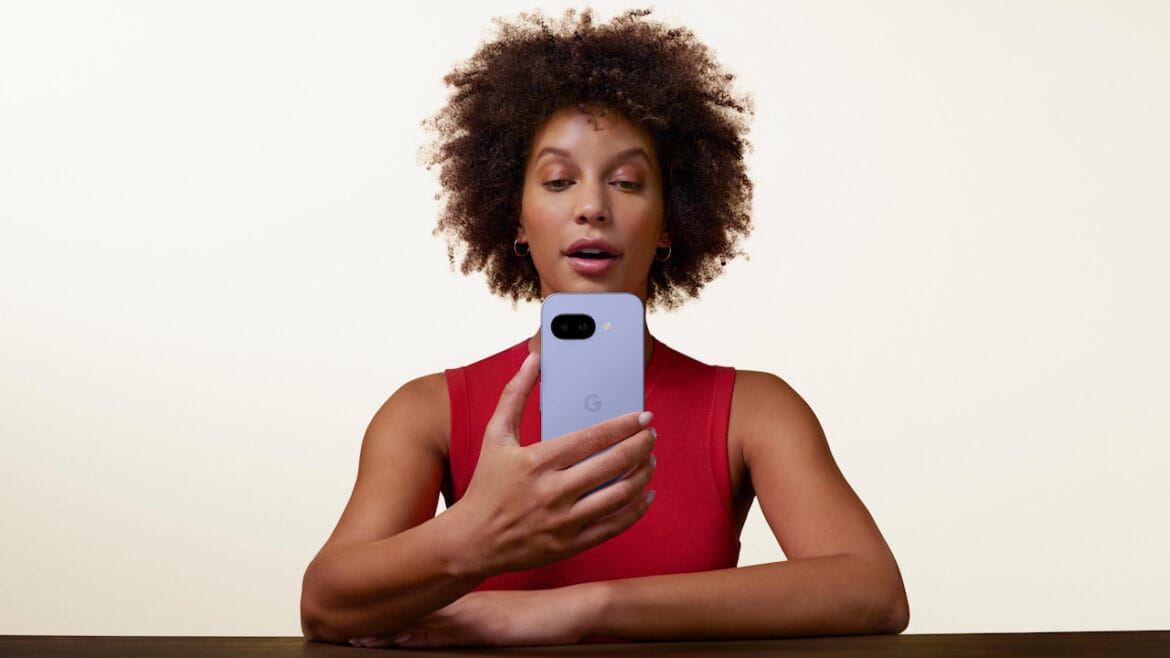The Google Pixel 9a is here, quietly shaping the mid-range smartphone space. It put its eggs in the ‘where it counts’ basket—camera, display, and especially AI features. In a price segment where most phones still rely on traditional specs to shape their unique selling points, the Pixel 9a stands alone as the only mid-tier phone built around delivering AI-driven experiences.
No real competition for mid-priced AI phones
The Pixel 9a is currently the only phone under SGD 800 with Gemini Nano, which handles some AI processing directly on the device. One significant advantage of having Nano is that your phone is more responsive when handling typing or speaking requests that Gemini processes on-device.
The difference with Google’s approach is that while other phone makers build apps with AI models embedded, Nano is a system-wide model built into the operating system, enabling the phone to understand what you’re doing and offer help across different apps—not just within them. That means it can suggest a reply when you take a screenshot, summarise a call the moment you hang up, or offer help based on what’s on your screen—even if you didn’t ask.
However, as an entry model, there are some downsides, and from what we understand, these features are not available on the Pixel 9a:
- Call Summarisation — Summarise phone calls directly after hanging up
- Pixel Screenshots — AI makes screenshots searchable and summarises them
- Clipboard AI — Smart actions (e.g. summarise, rephrase) when you copy text
- Smart Reply from Screenshot (Gboard) — AI suggests replies based on a screenshot’s contents, online and offline
- Real-time smart suggestions in system UI — e.g. proactive “Summarise this?” banners during interaction
- Persistent background Nano model — Keeps AI model resident to offer system-level integration
- Contextual Queries with Background Awareness — In-the-moment AI suggestions based on screen or activity
These features rely on a larger Gemini Nano model and more system memory. Still, the Pixel 9a offers a wide range of genuinely useful functions:
- Contextual assistance: Hold the power button, and Gemini Live (cloud) will help with what’s on your screen—summarise text, find links, or suggest follow-ups.
- Conversational queries: Ask complex or open-ended questions, and Gemini Live can respond in a natural, back-and-forth manner—even if you switch topics mid-conversation.
- On-the-go content creation: Draft documents, captions, lists, or creative content directly in apps like Gmail, Google Docs, and Messages.
- Photo editing with Magic Editor: Easily reframe or manipulate images with AI suggestions or text prompts.
- Create custom content: Use Pixel Studio to generate stickers, memes, or visual prompts like “anime-style tiger surfing with a monkey on its back” (OK, maybe too specific and unfunny)
 Display and camera: usual modest fare
Display and camera: usual modest fare
The Pixel 9a features a 6.3-inch Actua pOLED display that delivers up to 2700 nits of peak brightness, HDR support, and a smooth 120Hz refresh rate. Camera-wise, you have a 48MP main sensor with OIS, but 13MP ultrawide and front-facing cameras without autofocus (gotta give you a good reason to buy the Pro models, innit).
These are backed by Google’s computational photography suite, including Night Sight, Best Take, Add Me, Magic Editor, and Macro Focus—a first for an A-series Pixel.
Availability
The Pixel phones do things differently, and the Pixel 9a is no exception. By prioritising intelligent software, a polished camera system, and seven years of guaranteed updates, it’s a unique long-term proposition that stands out in the crowd. It’s priced at SGD 799 (8GB+128GB) and SGD 939 (8GB + 256GB) and will go on sale on 16 April 2025. The colours available are Iris, Peony, Porcelain and Obsidian.

 Display and camera: usual modest fare
Display and camera: usual modest fare